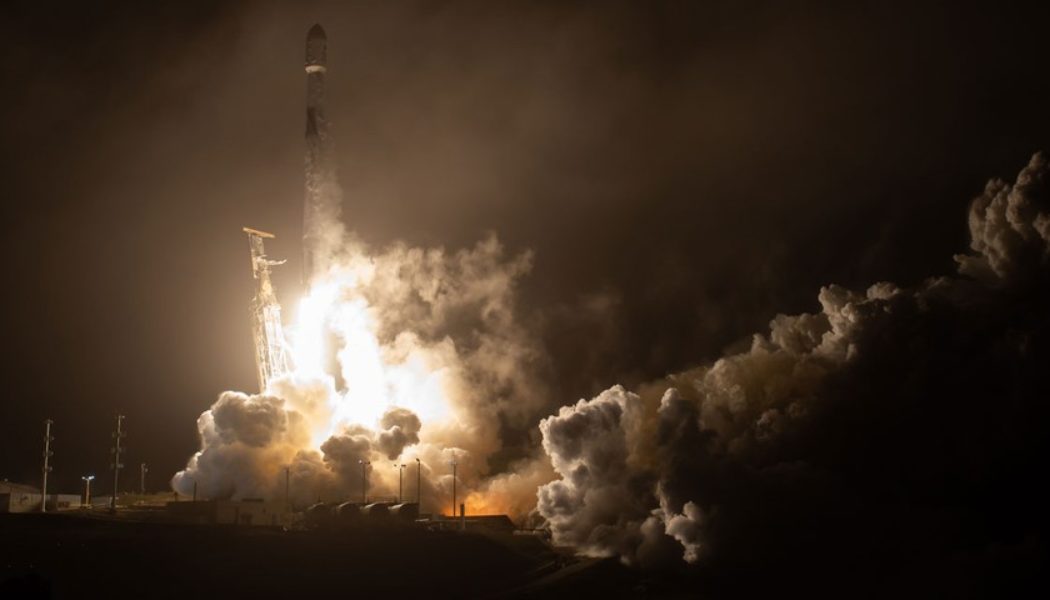
NASA‘s Double Asteroid Redirection Test (DART) — the first-ever test mission for Earth’s defense technology against potential asteroid hazards — took off on Wednesday on a SpaceX Falcon 9 rocket from Space Launch Complex 4 East at Vandenberg Space Force Base in California.
Just one component of NASA’s umbrella defense strategy, DART’s mission will intentionally impact a known asteroid that is not posing a threat to Earth, with the goal of altering the asteroid’s motion using a method that can be measured by ground-based telescopes.
“DART will show that a spacecraft can autonomously navigate to a target asteroid and intentionally collide with it – a method of deflection called kinetic impact,” NASA wrote in a statement. “The test will provide important data to help better prepare for an asteroid that might pose an impact hazard to Earth, should one ever be discovered.”
Approximately four years following DART’s mission, ESA’s (European Space Agency) Hera project will conduct research on the crater left by the test’s collision.
“DART is turning science fiction into science fact and is a testament to NASA’s proactivity and innovation for the benefit of all,” said NASA Administrator Bill Nelson. “In addition to all the ways NASA studies our universe and our home planet, we’re also working to protect that home, and this test will help prove out one viable way to protect our planet from a hazardous asteroid should one ever be discovered that is headed toward Earth.”
DART’s one-way mission is directed to the Didymos asteroid system, which hosts two asteroids. DART will target the moonlet, Dimorphos, which measures roughly 530 feet in diameter. The spacecraft is scheduled to enter the Didymos system between September 26 and October 1 in 2022, when it will crash into Dimorphos at approximately 4 miles per second.
In case you missed it, watch NASA’s Mars Ingenuity helicopter take off in its “most detailed” footage to date.









